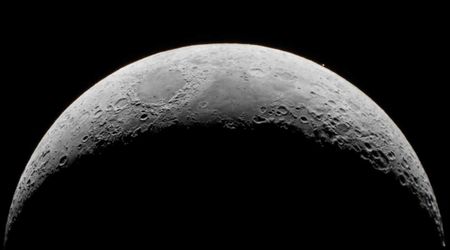Today's moon phase in Los Angeles, California — June 13
Discover today's Moon phase on June 13 in Los Angeles with accurate details on illumination, visibility, and lunar events.

Today's moon phase in Los Angeles

June 13, 2025, in Los Angeles, California, the Moon is in its Waning Gibbous Phase. During this particular phase of its lunar cycle, the Moon is 17.58 days old, which is the number of days since the last New Moon. It will show an illumination of 91.3%.
Waning Gibbous phase begins right after the Full Moon and lasts for about 7 days, with the Moon's illumination constantly changing by as much as 10% daily. You can typically spot a Waning Gibbous Moon in early morning daylight hours on the western horizon. It rises later and later each night, generally between 9 p.m. and midnight, and sets after sunrise. The Moon takes approximately 29.53 days to orbit the Earth and complete its entire 8-phase lunar cycle.









